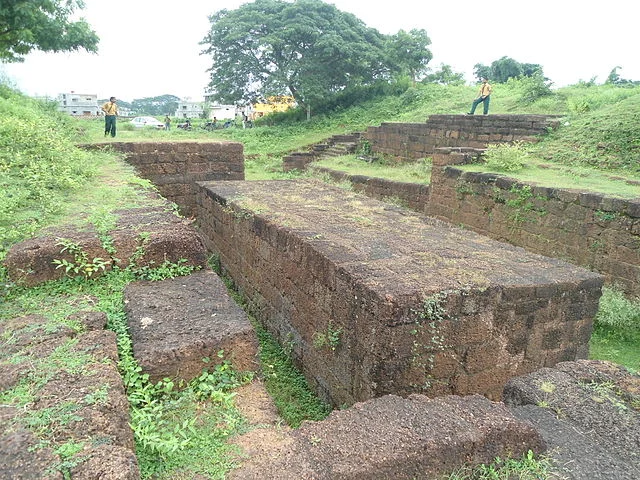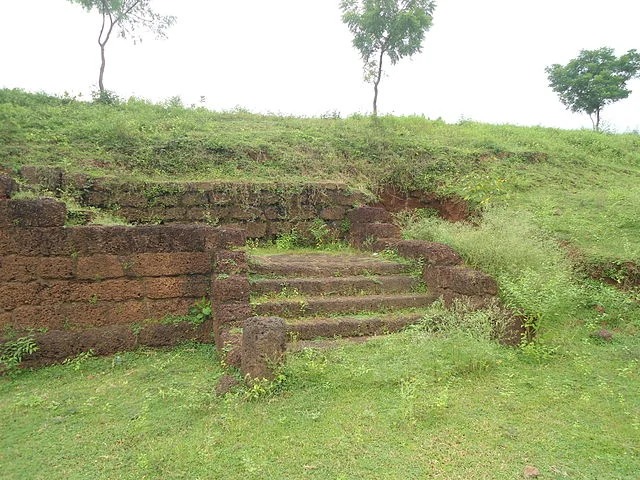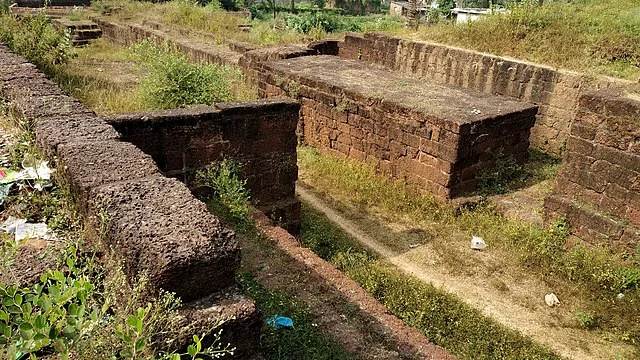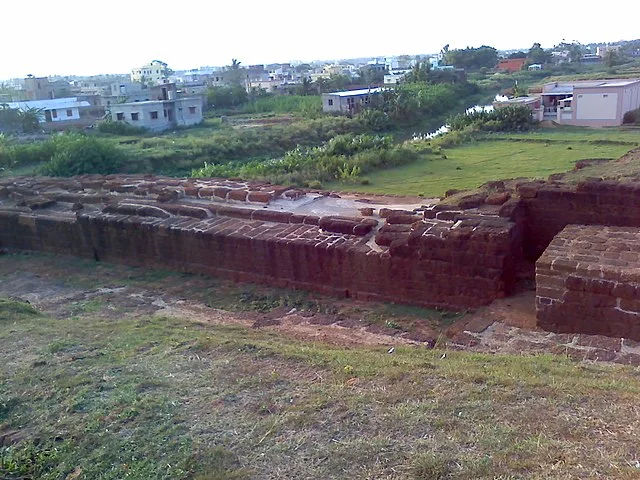Sisupalgarh is an ancient fortified city located near Bhubaneswar, Odisha, India. This urban settlement, which dates back to around 3rd century BC, is one of the best-preserved examples of ancient urban planning in India. Archaeological evidence suggests that the city was continuously inhabited until the 4th century AD. It offers valuable insights into the region’s historical development, urban architecture, and social structure.
Get your dose of History via Email
Discovery and Excavations

Sisupalgarh was first documented by archaeologist B.B. Lal in 1948. Later excavations revealed a highly organized city with a grid plan and large fortifications. The city is surrounded by a defensive wall, approximately 2 kilometers in circumference. The fortification features eight gateways, positioned at regular intervals, suggesting advanced urban planning for both defense and access control.
Subsequent studies revealed that the city likely functioned as a significant administrative and cultural center. The systematic grid layout is rare for settlements of this period, showing a high level of civic planning.
Architecture and Urban Design

The city’s urban design features a grid of roads and residential areas, indicating a well-organized settlement. Archaeologists found traces of a large stone pillar, which could have served as a public monument or assembly point. The fortification wall, constructed from laterite stone, is about 12 meters thick, providing a robust defense against invaders.
Within the fortifications, public and residential buildings were located. The central area of Sisupalgarh likely housed the administrative and elite sections, while the outer regions were used for commoners’ dwellings.
Social Structure and Culture

Excavated artifacts, such as pottery, terracotta figurines, and beads, point to a well-developed urban culture. The presence of luxury items suggests a prosperous economy and active trade with other regions. The city’s layout, along with the fortifications and public spaces, indicates a hierarchical society with clear social divisions.
Cultural practices at Sisupalgarh appear to have been influenced by both local traditions and external interactions. Its strategic location facilitated trade, which likely introduced new cultural and technological influences into the region.
Decline and Abandonment

By the 4th century AD, Sisupalgarh appears to have been abandoned. The reasons for its decline are still unclear, but some scholars speculate that changes in trade routes or political instability may have contributed to its downfall. Despite its abandonment, the remains of the city continued to be visible, allowing modern archaeologists to piece together its history.
Significance
Sisupalgarh is a rare example of an ancient city in India that showcases advanced urban planning from the early historical period. Its layout, defensive structures, and cultural artifacts provide important clues about the region’s socio-political and economic life. Today, it remains an important archaeological site, offering insights into ancient Indian civilization.
Source:

